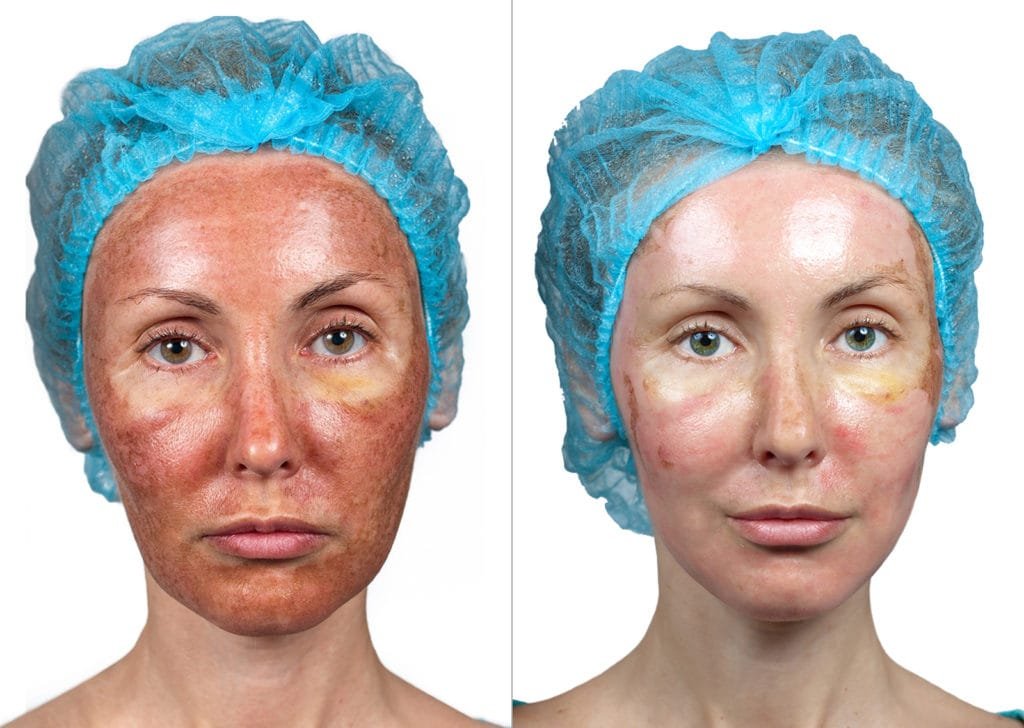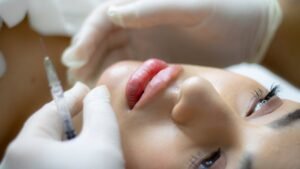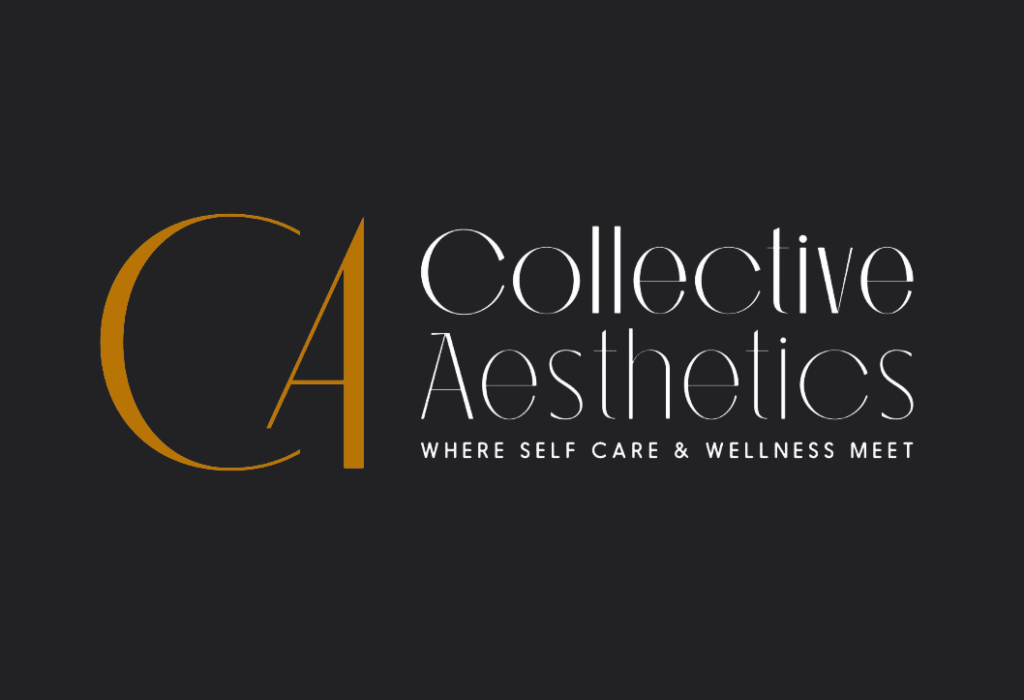Discover the potential risks and side effects of chemical peels before your subsequent treatment. Learn how to minimize complications and get the safest, most effective results at Collective Aesthetics in Florida.
Understanding the Risks and Side Effects of Chemical Peels
Overview: What You’ll Learn
Chemical peels are among the most popular non-invasive skin treatments offered at aesthetic clinics across the U.S.—and for good reason. They rejuvenate your skin and reduce the appearance of acne scars, sun damage, wrinkles, and even uneven tone and texture. However, while chemical peels are highly effective, they do come with potential risks and side effects.
In this blog post, we’ll dive deep into:
- The different types of chemical peels
- Short-term and long-term side effects
- Who’s most at risk for complications
- How to minimize risks before and after treatment
- Why choosing a licensed provider like Collective Aesthetics is essential
Whether you’re a first-time peel recipient or a seasoned skincare enthusiast, grasping the potential risks and side effects of chemical peels is pivotal for a safe, successful experience.
What Is a Chemical Peel?
A chemical peel is a cosmetic treatment in which a chemical solution is applied to the skin to exfoliate and eventually peel off the top layer. This process stimulates new skin cell growth, revealing smoother, brighter skin beneath.
There are three main types of peels:
Light Peels
- Use mild acids like alpha-hydroxy acid (AHA)
- Treat surface-level concerns such as dullness and dryness
- Minimal downtime
Medium Peels
- Use trichloroacetic acid (TCA)
- Penetrate deeper layers to target acne scars, pigmentation, and fine lines
- Moderate downtime
Deep Peels
- Use phenol or higher concentrations of TCA
- Treat deeper wrinkles and significant sun damage
- Require sedation and extended recovery time
While all types have cosmetic benefits, each carries its own set of risks and side effects of chemical peels that you need to consider.
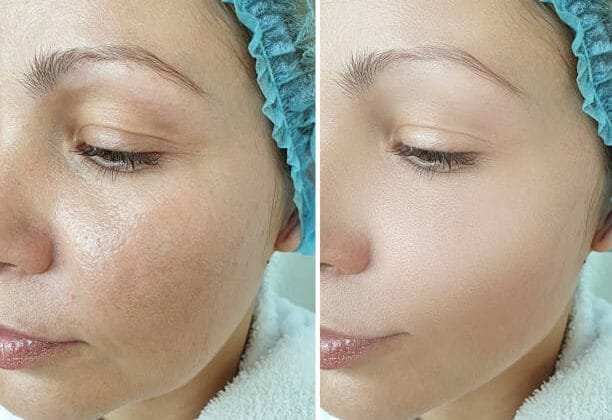
Common Side Effects of Chemical Peels
It’s important to note that most side effects are temporary and part of the skin’s healing process. These include:
1. Redness and Irritation
- This is especially common with medium and deep peels
- It may last several days or even weeks
- Skin may feel tight, warm, or slightly burning
2. Peeling and Flaking
- A natural part of the exfoliation process
- Often begins 2–3 days post-treatment and may last up to a week
- Avoid picking or pulling to prevent scarring
3. Dryness and Sensitivity
- The skin barrier is temporarily weakened
- Moisturizer and sunscreen are essential for protection
4. Breakouts
- Mild purging can occur as pores are cleared out
- Typically resolves within a week
These are generally manageable with the right post-care instructions, which we provide to every patient at Collective Aesthetics.
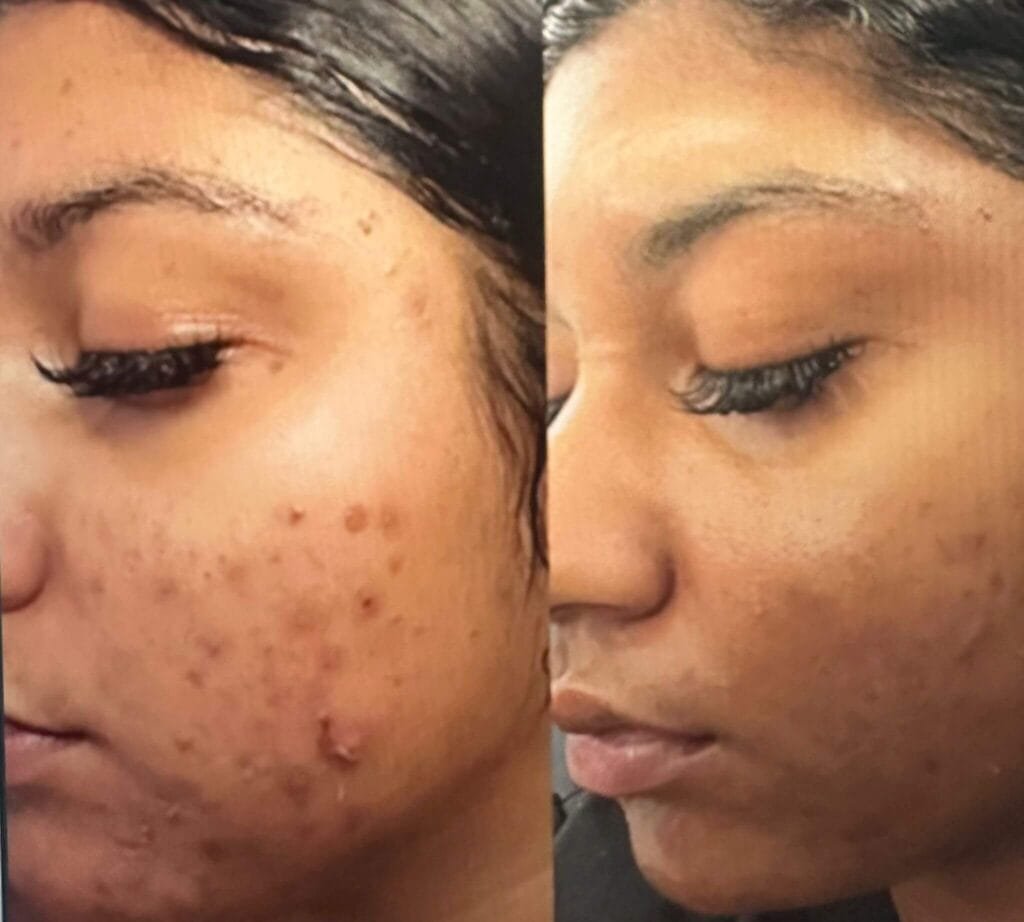
Serious Risks and Side Effects of Chemical Peels
While rare, more serious complications can occur, especially with medium to deep peels or when performed by unqualified providers.
1. Hyperpigmentation or Hypopigmentation
- Hyperpigmentation: Dark spots may develop, especially in darker skin tones
- Hypopigmentation: Skin may lose color temporarily or permanently
2. Scarring
- Uncommon but can occur, especially if skin is picked or if aftercare is not followed
- More likely on the lower parts of the face
3. Infection
- Bacterial, fungal, or even viral infections (like cold sores) can be triggered
- Pre-treatment antiviral medications may be prescribed
4. Heart, Kidney, or Liver Complications
- Specific to deep peels using phenol
- Requires thorough medical history evaluation beforehand
These risks underscore the importance of undergoing chemical peels under the supervision of trained medical professionals, a standard upheld by the team at Collective Aesthetics.
Who’s at Greater Risk?
Some individuals are more prone to experiencing side effects of chemical peels:
- People with darker skin tones (higher risk of pigmentation changes)
- Those with a history of cold sores
- Patients with eczema, rosacea, or psoriasis
- Anyone pregnant or breastfeeding
- People taking certain medications like Accutane
At Collective Aesthetics, we perform a comprehensive consultation and skin assessment to determine the safest peel for your skin type.
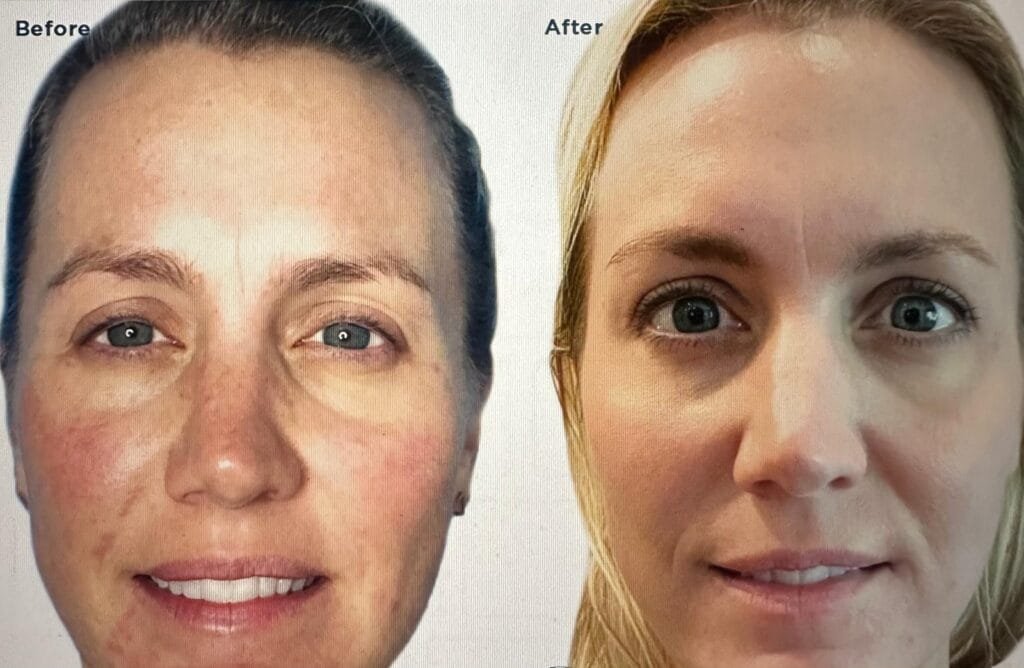
How to Minimize Risks of Chemical Peels
With proper planning and care, the risks and side effects of chemical peels can be significantly reduced.
Before Treatment:
- Avoid sun exposure, waxing, or exfoliating 5–7 days before your appointment
- Disclose any medications or medical history
- Follow any pre-peel skincare prep regimen provided
After Treatment:
- Use SPF 30 or higher daily
- Avoid picking, scratching, or excessive touching of the treated area
- Stay away from harsh products like retinol for at least a week
- Moisturize generously
- Follow your provider’s post-care instructions to the letter
We provide detailed aftercare guidance to all our clients to ensure the best possible results with minimal complications.
Why Choose Collective Aesthetics for Your Chemical Peel?
At Collective Aesthetics, we combine science-backed treatments with compassionate care to deliver stunning, safe results. Our team, led by Amparo Robles, MSN, FNP-BC, who brings over 15 years of medical expertise to every treatment, is here to ensure you feel confident and reassured throughout your journey with us.
What sets us apart:
- Personalized treatment plans based on your skin type and goals
- Use of medical-grade products and solutions
- Post-treatment follow-ups and ongoing support
- A warm, inclusive environment where you’ll feel comfortable and confident
By choosing Collective Aesthetics, you’re choosing experience, safety, and superior skincare.
Final Thoughts: Is a Chemical Peel Right for You?
Chemical peels can be transformative—but they’re not one-size-fits-all. By understanding the risks and side effects of chemical peels, you can make an informed decision that prioritizes both beauty and safety.
Remember:
Recognize that, the provider you select is just as crucial as the peel itself in ensuring a safe and effective treatment.
Remember, the provider you choose matters just as much as the peel itself. Suppose you’re ready to experience the rejuvenating effects of a chemical peel with the assurance of medical oversight and expert care. In that case, we invite you to schedule your consultation at Collective Aesthetics today. By choosing a licensed provider like us, you’re making an informed and empowered decision for your skincare.

Contact Information
- Address: 6229 Miramar Pkwy Ste 7, Miramar, FL 33023, United States
- Phone: (305) 528-3360
- Email: info@collective-aesthetics.com
- Website: www.collective-aesthetics.com
- About: About Us
- Consultation: Book A Consultation now!
- Related topic for Chemical Peels
- Types of Chemical Peels: Light, medium, and deep peels.
- Benefits of Chemical Peels: Acne scars, anti-aging, sun damage.
- Chemical Peel for Different Skin Types: Sensitive, oily, dry skin.
- Chemical Peel Recovery Time and Aftercare Tips.
- Chemical Peels vs. Laser Treatments: Differences and benefits.
- Best Chemical Peels for Acne and Scars.
- Chemical Peel Cost: Factors affecting pricing.
- Chemical Peels for Hyperpigmentation and Melasma.
- DIY Chemical Peels vs. Professional Peels.




